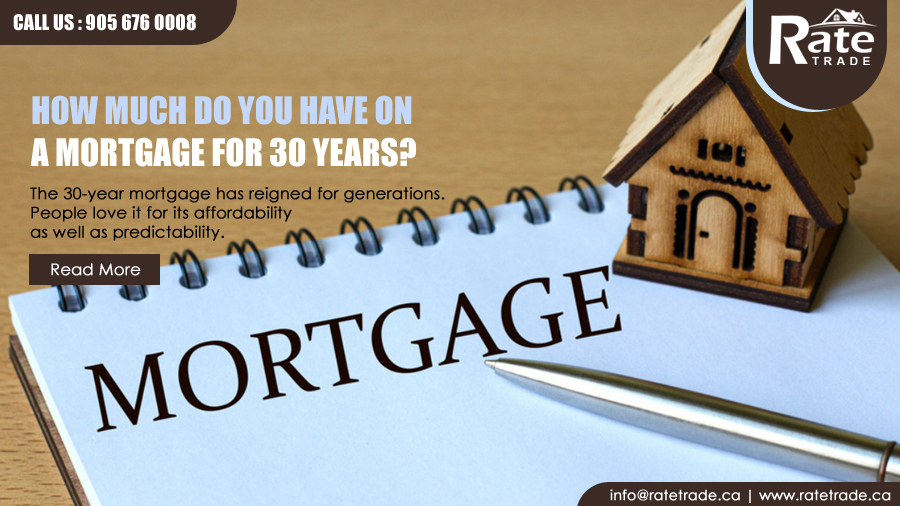Introduction
How much do you have on a mortgage for 30 years? : The reigned for generations. People love it for its affordability as well as predictability. A 30-year mortgage is a full amortizable loan, meaning it is combined with interest and principal.
The full amount is paid when 30 years are over for those 30-year mortgages. Due to its boosting, it is one of the most common and favourite types of mortgage. There are many options for 30-year mortgages set at low rates; still, more than 90% of homeowners use this type of mortgage.
People get regular interest rates that are low, affordable, regular payments, and a larger loan. When their income increases, they can make more payments so that their mortgage is paid faster. Prepayment penalties are rare in a 30-year mortgage.
30-year mortgage average rate
In 2021, the rate of a 30-year mortgage was near an average interest rate of around 3.12%. This average is nearly the same as that of 2020. Many assorted factors affect them, so the rates are not likely to drop or rise.
Many of these factors are related to Federal Reserve efforts and the economy. Treasury rates were 0.62% in 2020, which rose to 1.63% in 2021. Though, it is not a significant change that can impact a 30-year mortgage and its interest rates.
Many believe that credit score is a factor that highly determines the approval of a 30-year mortgage. A survey determines that DTI or debt to income ratio is the first reason 30-year mortgages are denied.
Pros of a 30-year mortgage
There are many advantages or pros of a 0-year mortgage, making it one of the people’s favourite types of mortgage. Let’s look at the pros of these mortgages:
-
- One of the main advantages of a 30-year mortgage is that it offers a lower monthly payment when compared with traditional fixed-rate loans.
- If you are in financial trouble, these lower payments offer more flexibility. For example, prolonged illness, a layoff, and others. If household income increases, payments can be made in large amounts so that the length of a 30-year mortgage can be reduced. In other words, a 30-year mortgage can be converted into a 15-year mortgage with higher payments.
- You can also fund other priorities when interest rates and lower predictable payments are good. For instance, you can fund vacation planning, retirement saving, education, home maintenance, and many more.
- You can also pursue or buy a new or more expensive home if you increase the frequency and quality of your monthly payments.
- If you are lucky enough to get a lower mortgage rate, then this rate will fixed for the entire life or period of your . Other variable rates change when there are changes in the economy.
Cons of a 30-year mortgage
There are also a few cons or disadvantages of a 30-year mortgage. Let’s look at these pros:
- There is also a risk for lenders of getting a high rate of interest.
- If we assume that both loans paid in the duration of conditions or terms, then borrowers might have to pay more interest (60% more) w.r.t. 15-year loans.
- If you qualify for a more expensive house, you might tempted to spend more, and in that case, your financial conditions can become ill-prepared.
Summary
A 30-year mortgage is a slow mortgage, but in the end, you can get a better place to live with low rates and effective payments. The average APR of 30 years fixed mortgage is 5.480%. You can either make low payments monthly or higher payments to reduce the time of mortgages.

Comments (0):